 Abraham Lincoln
If given the truth, the people can be depended upon to meet any national crisis...
Abraham Lincoln
If given the truth, the people can be depended upon to meet any national crisis...
 Guildford news...
for Guildford people, brought to you by Guildford reporters - Guildford's own news service
Guildford news...
for Guildford people, brought to you by Guildford reporters - Guildford's own news service
Birdwatcher’s Diary No.44
Published on: 30 Aug, 2013
Updated on: 30 Aug, 2013
By Malcolm Fincham
Continuing the theme of my enjoyable recent heathland walks, but just too late to enter into my previous report, was another trip on a brightly sunlit evening (August 15) to Thursley Common.
Walking along the boardwalk lots of young lizards could be viewed basking in the evening sun and even a grasshopper made an appearance.
A good 30 or more swallows, both young and adult, could be seen feeding on flying insects over the marshland areas.
On arriving at an area locally known by birdwatchers as ‘shrike hill’, I was taken by surprise to see what I first guessed to be a kestrel – by its shape and size (jizz) and also that it had spooked (as a bird of prey would) two green woodpeckers.
The woodpeckers called out as they flew with a yaffle sound, which is their old English name, sending them off in their undulating fight across the heathland.
Once the ‘bird of prey’ settled in a pine tree not far away from me, I soon realised although rapture-like in flight it was in fact a cuckoo. Knowing that all our adult cuckoos were well on their way to their winter homes in Africa, I was momentarily perplexed as to what it might be.
Click to see website on tracked cuckoos.
Getting a closer look through my binoculars I realised by its facial features and rufus colouring that it was in fact a juvenile cuckoo and a very obliging one too.
It allowed me several pleasing pictures and my first ever record shots of a young cuckoo. I have also added a picture of an adult cuckoo that I took just a few months back for those who would like to compare.
On returning to Thursley Common on August 18 for an early afternoon walk, I was surprised to see the cuckoo was still in the same area feeding up on caterpillars and such-like, preparing for its own journey.
Such events always fascinate me – how such critters, never knowing their real parents, instinctively know exactly where they should migrate to.
Also that same afternoon I was pleased to hear what is the more incessant call of a redstart than the melodic one it most often makes earlier in the year
And by waiting patiently, I was able to capture a few pictures of a family of them as they fed by some gorse bushes.
Another group of birds seen close by were a family of stonechats, but my best sighting had to be up on ‘Shrike Hill’ – a female wheatear heading south on migration back to Africa.
A bird very much in decline in recent years is the spotted flycatcher, especially in this part of the country. It is one that has certainly been of great concern to me this year, having spent all summer in the hope of seeing one in the Guildford area.
It was of great relief to see not just one, but a family of them once again in Shamley Green, this time on August 23 – almost two months later than I mentioned about them in last year’s report.
On bank holiday Monday, August 26, I decided on a trip to Pulborough Brooks in West Sussex in hope of maybe catching sight of a few more types of bird migrating back south. This was especially as there had been a number of recent reports of yellow wagtails and whinchats, to name a but a few.
However, the only sightings for me that day where distant views across the brooks of a greenshank and several green sandpipers.
One migrant of a different type I did see several of and took some better pictures of than the one I featured in my previous report was of the butterfly kind.
This was a clouded yellow, I even got a rare picture of one as it opened its wings to take flight. I am informed that the clouded yellow, of which most originate from North Africa, occasionally migrate across the English Channel to the UK.
One of a few signs that summer is slowly drawing to close, at Pulborough and in the Guildford area over the last week or so, is that a few robins, having finished their breeding season and having gone through their moult, are starting to sing their pleasant, yet to my ears, an almost mournful winter song.
Click here for a You Tube clip.
A good sign that summer is still hanging on however was that I noticed, just next to a footpath, a song thrush’s nest with what must be a second (or maybe even third) brood of fledglings.
A month of mostly dry and sunny weather can have a few draw backs. A bird watching visit to Whimoor Common on the evening of Thursday, August 29, was interrupted when I noticed smoke and some flames starting to rise from the heathland.
I rushed across to the area, and breaking a few silver birch saplings to use to beat the flames, and with the assistance of another guy already at the scene, we managed to contain the fire long enough before we made a retreat and let the ‘professionals’ take over. Firefighters then arrived to do their good work.
Click her to see separate story.
Back at home, or to be precise in my back garden, it’s been a real treat to go out late in the evening over the last few weeks and watch at least two hedgehogs.
Having made a few ‘hoggy’ sized gaps in my fences this has given them the freedom to roam.
Responses to Birdwatcher’s Diary No.44
Leave a Comment Cancel replyPlease see our comments policy. All comments are moderated and may take time to appear. Full names, or at least initial and surname, must be given.
Recent Articles
- Letter: Those in Elected Office Should Refrain from Deliberately Misleading the Public
- Cup Run Ends After City Fade in Second Half
- Press Regulator Condemns Behaviour of News Group Newspapers
- MP Says Raw Sewage Flooding Gardens is ‘Absolutely Disgusting’ – ‘Thames Water Must Stop It’
- Opinion: We Should Restore Clandon House
- Letter: Report on Councils’ Collaboration Benefits Has Been Over-hyped
- Council Tenants Unhappy With the Way GBC Handles Their Complaints
- Police Operation Puts Drug Gang Members Behind Bars
- Declaration Marks 750th Anniversary of a ‘Dark Day in Guildford’s History’
- Letter: For Democracy to Work We Need to Engage


Recent Comments
- Anthony Mallard on Opinion: We Should Restore Clandon House
- Heather Evans on Council Tenants Unhappy With the Way GBC Handles Their Complaints
- Michael Foster on Regulator Finds ‘Serious Failings’ in GBC’s Council Housing Safety Compliance
- Dave Middleton on Council Tenants Unhappy With the Way GBC Handles Their Complaints
- Jane Austin on Reported Council Collaboration Savings Contested By Opposition Councillors
- Andrew Few on Memories Of The Young Eric Clapton at Guildford’s Harvest Moon Club
Search in Site
Media Gallery
Dragon Interview: Local Artist Leaves Her Mark At One of England’s Most Historic Buildings
January 21, 2023 / No Comment / Read MoreDragon Interview: Lib Dem Planning Chair: ‘Current Policy Doesn’t Work for Local People’
January 19, 2023 / No Comment / Read MoreA3 Tunnel in Guildford ‘Necessary’ for New Homes, Says Guildford’s MP
January 10, 2023 / No Comment / Read More‘Madness’ for London Road Scheme to Go Ahead Against ‘Huge Opposition’, Says SCC Leader
January 6, 2023 / No Comment / Read MoreCouncillor’s Son Starts Campaign for More Consultation on North Street Plan
December 30, 2022 / No Comment / Read MoreCounty Council Climbs Down Over London Road Works – Further ‘Engagement’ Period Announced
December 14, 2022 / No Comment / Read MoreDragon Interview: GBC Reaction to the Government’s Expected Decision to Relax Housing Targets
December 7, 2022 / No Comment / Read MoreHow Can Our Town Centre Businesses Recover? Watch the Shop Front Debate
May 18, 2020 / No Comment / Read More



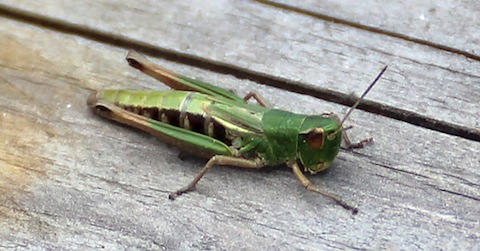
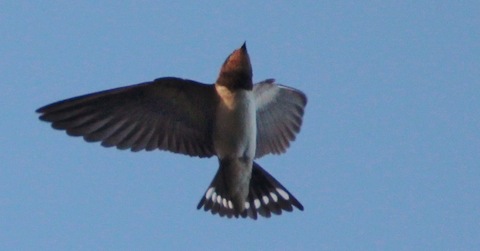
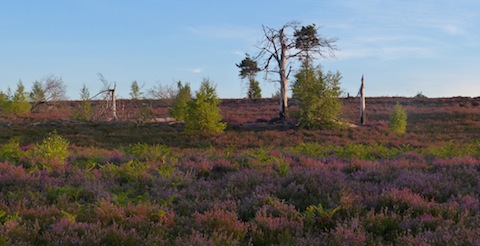
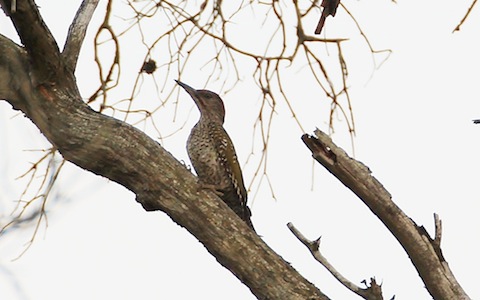
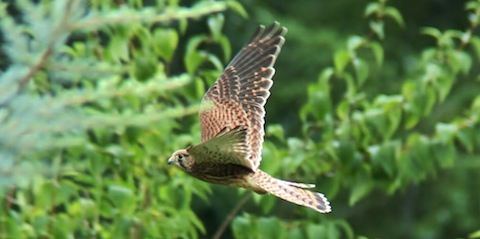
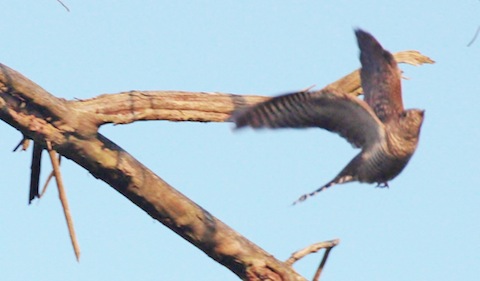
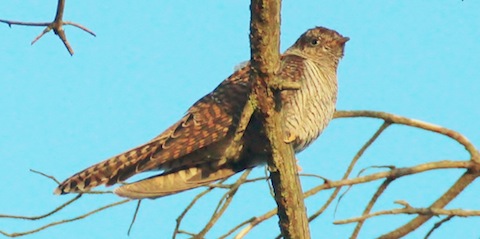
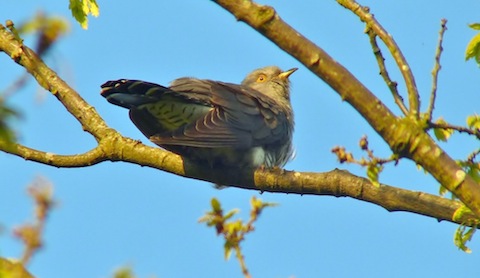
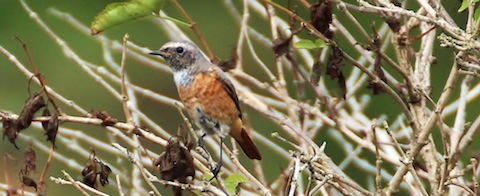
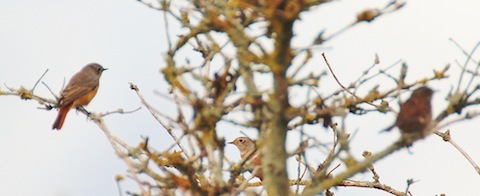

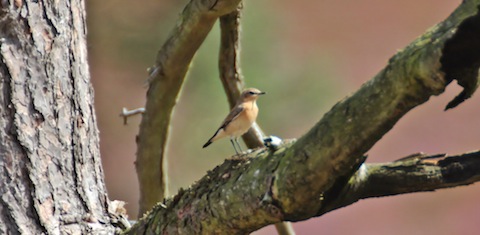

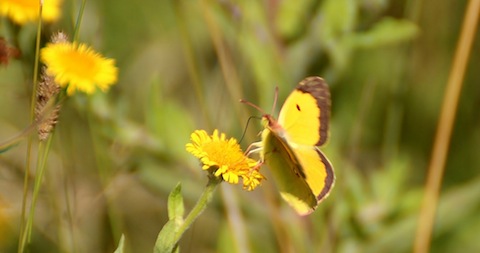
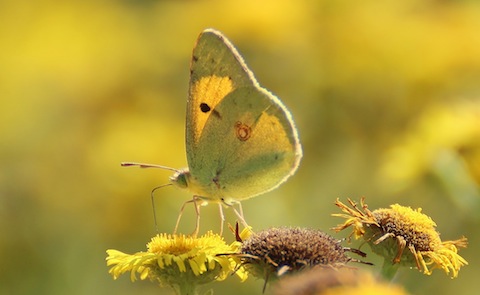
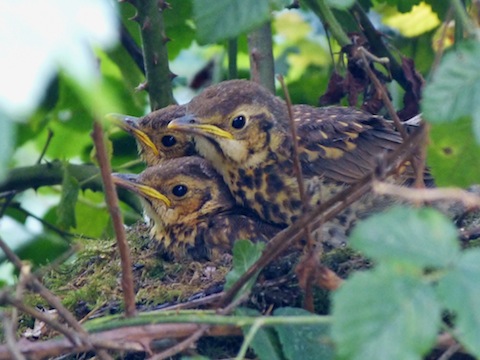

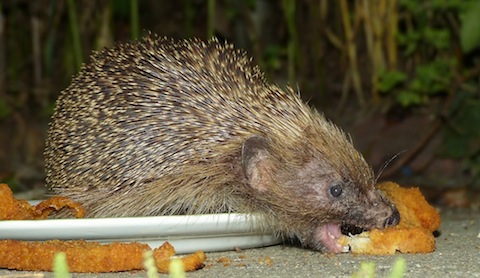






Sue Bushell
August 31, 2013 at 7:41 pm
Great pictures Malcolm.
Malcolm Fincham
September 3, 2013 at 8:35 pm
Always pleasing to get such complimentary remarks ! … Hope to continue to keep all readers updated with the latest wildlife pictures and stories.